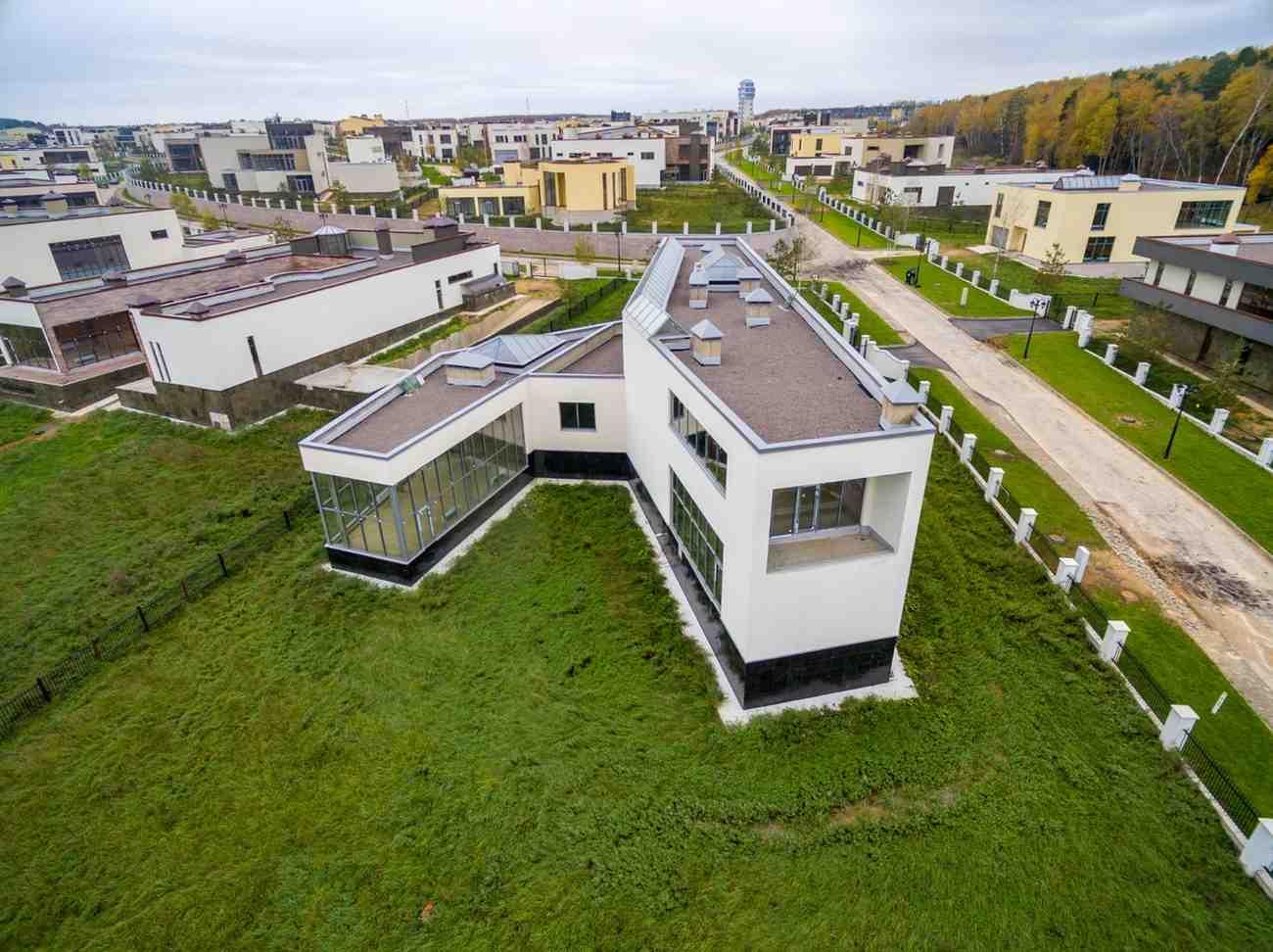Purchasing a real estate property is a major decision, and choosing the right neighborhood is just as important as selecting the right house. Whether you're buying a home to live in or as an investment, the surrounding area plays a big role in long-term satisfaction and property value. To help you make an informed decision, here’s a detailed checklist of what to examine before buying a property in a new neighborhood.
1. Safety and Crime Rates
One of the first things to look into is the safety of the neighborhood. A peaceful and secure environment is crucial for your well-being and property investment. Visit the area at different times of the day to get a sense of activity. Talk to locals if possible and observe the general upkeep and lighting in streets and public areas. High crime rates not only reduce peace of mind but also negatively affect resale value.
2. Local Amenities and Facilities
Convenience is key when selecting a neighborhood. Check the availability of nearby grocery stores, hospitals, schools, banks, pharmacies, gyms, parks, and entertainment options. A well-developed neighborhood saves time and effort in daily life and increases property desirability. The more accessible the amenities, the better your overall living experience.
3. Transport and Connectivity
Transport options are a big factor, especially for people who commute regularly. Review how well the neighborhood connects to major roads, public transportation, and business districts. Nearby bus stops, train stations, and highway access can make a big difference in your routine. Poor connectivity might lead to long commutes and increased travel costs.
4. School and Educational Institutions
Even if you don’t have children, good schools in the area can boost property value. Families often prioritize proximity to reputed schools and educational institutions when choosing a home. Research the quality, reputation, and performance of schools in the area. This can also be a key selling point if you plan to resell or rent the property in the future.
5. Noise and Pollution Levels
Every neighborhood has its unique environment. It's important to assess noise levels, air quality, and general cleanliness. Properties near highways, airports, factories, or busy commercial areas can be noisier and more polluted. These factors can affect health and comfort. Visiting the location during peak hours will give you a realistic sense of everyday life in the area.
6. Community and Lifestyle
The overall vibe of a neighborhood contributes to your sense of belonging. Observe whether the area has an active community, social events, or a friendly culture. A neighborhood that matches your lifestyle, whether calm and quiet or vibrant and social, can greatly enhance your living experience. It’s also useful to check how diverse and welcoming the residents are.
7. Future Development Plans
A new neighborhood might look underdeveloped now, but future projects could transform it into a prime area. Investigate any ongoing or upcoming infrastructure projects like shopping malls, highways, metro lines, tech parks, or schools. These developments can rapidly increase property values and improve quality of life. However, too much commercial growth can lead to congestion, so a balance is key.
8. Property Value Trends
Study the price trends in the neighborhood over the last few years. Stable or rising prices indicate a healthy real estate market. Falling property values could be a red flag, signaling economic issues or a lack of demand. If possible, consult multiple sources or local property experts to get an idea of how the market is behaving in that area.
9. Zoning and Legal Clearances
Before finalizing a property, ensure that the area is legally zoned for residential purposes. Confirm that the land or building has all required legal clearances from local authorities. Any future zoning changes can affect your living conditions or investment returns. Understanding these details can save you from legal troubles and financial loss.
10. Resale and Rental Potential
Even if you’re buying for personal use, consider the property’s future resale and rental potential. Neighborhoods with high demand for rentals or a record of quick resales are generally safer investments. Think ahead about how easy it would be to sell or lease your property if your plans change.
11. Infrastructure Quality
Check the quality of roads, drainage systems, power supply, and internet connectivity. Poor infrastructure often results in maintenance issues and reduces quality of life. Infrastructure also affects long-term sustainability and ease of living in the area.
12. Local Government and Municipal Services
The effectiveness of local governance has a big impact on your experience as a property owner. Look into how well the local municipality manages waste disposal, water supply, maintenance of public areas, and enforcement of local laws. Active and responsive civic services usually lead to a cleaner and better-managed neighborhood.
Conclusion
Choosing a property isn’t just about the house or flat — the neighborhood matters just as much. Taking the time to assess these factors can save you from regrets and help you make a wise and future-proof investment. Always prioritize safety, infrastructure, and future growth while ensuring the area aligns with your lifestyle needs. A well-chosen neighborhood lays the foundation for a comfortable and secure life in your new home.
Important Links
Guide to Executive Condominiums (ECs) in Singapore: Are They Worth It in 2025
How to Invest in Real Estate with Little Money
THOMSON VIEW NEW CONDO: MODERN LIVING IN SINGAPORE’S PRIME DISTRICT
Unlocking the World of Real Estate: A Simple Guide for Everyone
Is It a Good Time to Invest in Singapore Property?
What to Check Before Buying a Condo in Singapore: Complete Buyer's Guide
How to Choose a Real Estate Agent in Singapore
How to Invest in Rental Properties for Beginners: Your Complete Guide to Real Estate Success

